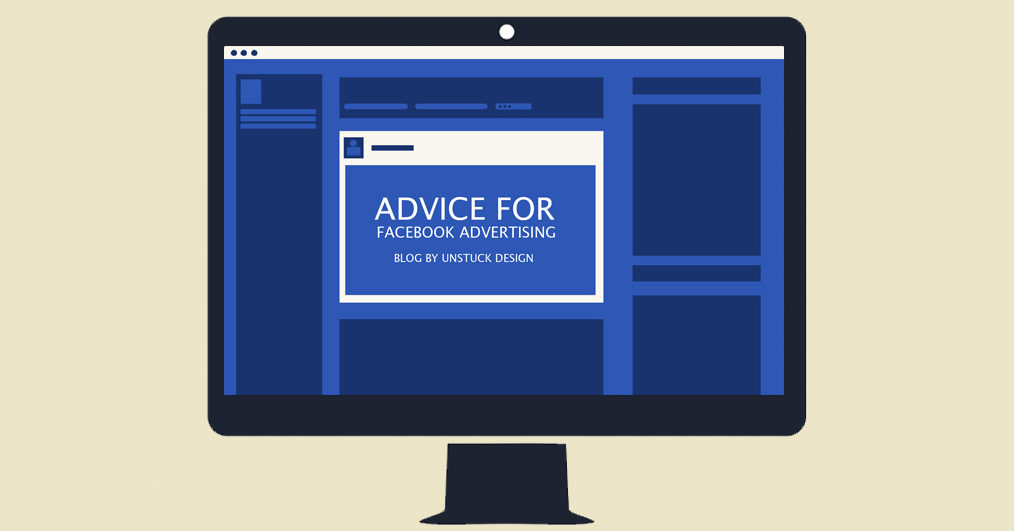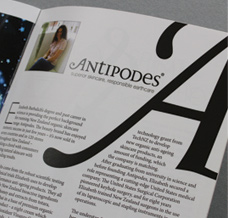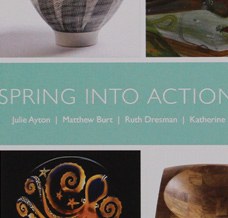Little did I know prior to working at Unstuck Design how a strong Facebook campaign, in collaboration with paid promotion, can boost a businesses’ sales and social standings. If ads don’t resonate with audiences, there is little chance that they will engage with it, or even take a second look. There are many different components of a Facebook ad that need to be considered prior to clicking that little publish button, and when utilised correctly and effectively can really lift a business off the ground and make for quite a significant return.
The AUDIENCE is an integral part of the process, and usually the more refined the demographic you select, the higher the amount of reaction and interaction you’ll receive. It is important to set the audience above 18, as anyone below this age isn’t likely to purchase a product online, especially when the transaction involves credit cards, or online payment.
Selecting INTERESTS of the intended audience is important, as it means the post will appear on the timeline of users who like certain pages and/or purchase certain products. If you are a business that works within a small region of a county, you can physically select a radius, and the ad will appear in the timeline of users within that area. Facebook has made targeting so easy, and businesses can utilise this for a substantial social gain.
TIME is important factor of running ads and keeping a track of what is happening will help maximise budgets. It might be tempting to publish the ad, leave it until it has finished and then check on the results. Planning everything in advance, and allowing enough time for edits, designs and doing final checks prior to publishing will make the process smoother, and the ad not seem rushed, and therefore unprofessional.
MONITORING its performance will allow you to make adjustments in real-time, so if the reach is too low, the content isn’t getting reactions, etc, you can stop or alter the campaign easily, and continue. Creating a test campaign before the launch of a larger one will help you gauge the average cost of the ad against your call to action, and whether the promotion will generate the numbers you were hoping. This will help you decide what your budget should be, and whether it will be cost effective, without losing too much time or money.
Having a STYLE or tone of writing, and even imaging, will help make the post seem less business like, and more personable, therefore less ‘in your face’- the last thing you want an ad to be, especially when selling a product. Whether you include emojis “????OMG 50% OFF SALE????” or develop a voice through telling a story “…since 1970, the satchel…”, it is key to be consistent across posts to remain recognisable, but also human. People want relatable and real, not ‘businessy’ and false. This will build a sense of trust, and make the customer feel valued and part of an exclusive group, as opposed to just another sale.
The TYPE of ad is important, as it can mean the difference between appearing like any other post on a timeline, and a strong, impressive, eye-catching feature. There are many different ad types to experiment with, including carousel ads (video or image), image ads (slideshow, collection or singular images), instant experience (quick lookbook, customer acquisition, story-telling etc), and many more. Take enough time to plan and make drafts to see visual examples, which ultimately may help you determine what ad type you want.
The key to a good campaign is strong IMAGES. They need to be eye-catching, unique and not overly complicated. Posts are more likely to be shared and remembered if they include well-crafted images- no matter what type of ad you make, it needs to be visually pleasing. Using the product in the image is key, but how you use it is up to you. Whether you want to add a level of humour to images/graphics, for example an image of a pig brushing their teeth with your toothpaste, as opposed to an image of a toothbrush with your toothpaste, is dependent on what tone/angle you want to go for and be remembered for. Sometimes simplicity is best, sometimes extravagant is best, it all depends on the product, and brand. When taking images, there are a few individual points to keep in mind, in order to have the most compelling photos possible. Think mobile first, because most people use their mobile devices for Facebook, and the image must be clear and sized correctly for phones and tablets. Using rule of thirds makes for more interesting and refined images, so checking and taking photos using the guides is advised. Varied perspectives make an interesting contrast and makes for nice framing.
A clear CTA (CALL TO ACTION) enables the viewer to know exactly what to do next, and also acts to drive customers to your website/location to purchase the product featured. Adding a time-based CTA such as “buy now and save £X’” or “1 Day Left to Purchase” creates a sense of urgency, and encourages people to click on the ad, to avoid the sense of missing out. Including the same link more than once (within the copy, at bottom of text, hyperlinked images etc) will make the CTA clearer, and allows the potential buyer to have more than one place to click to get to the site.
Making sure all TEXT FIELDS are filled out, for example the headline, main text and description, is important, and will ensure that all information is consistent. Checking all links function within the text is vital, otherwise all clicks would be wasted. The averages for 2018 are 5 words per headline and 19 per ad text, however this isn’t set in stone- some really successful ads have very few words, and some have multiple lines of text, it depends on the message and CTA completely.
ACCOMPANY the campaign with other posts and marketing tools, such as email newsletters, Instagram posts etc, detailing the same product featured in the ad, discount information for the shop, whatever is relevant to what you are trying to push. You must ensure that the landing page, wherever the Facebook ad will take people who click on it, is well-constructed, professional looking and focused.
When your LANDING PAGE looks fantastic, the better the chances are of you achieving a significant return. If the copy, the design, the images, the navigation etc is great, then the user experience will be strong. The landing page is the final feature to ‘seal the deal’ with customers following the Facebook ad, so making sure it is good enough for visitors will make sure that it receives a good reaction, and then hopefully lead to a sale.
Facebook advertising has proven valuable to thousands of business, and it continues to be one of the best tools, not just for sales but business and social growth. There are many factors to consider when managing and running Facebook ads, but it is important to appreciate that every campaign is different and needs to be uniquely tailored for the best results.
I continue to find running Facebook campaigns fascinating and understanding the components that make for a strong ad is a useful tool that can be applied in other social media advertising campaigns. It is clear to see that a strong social campaign and a good budget equals a healthy return and a boost in business, but it takes time to understand your audience and trials to know what styles and content works best.





